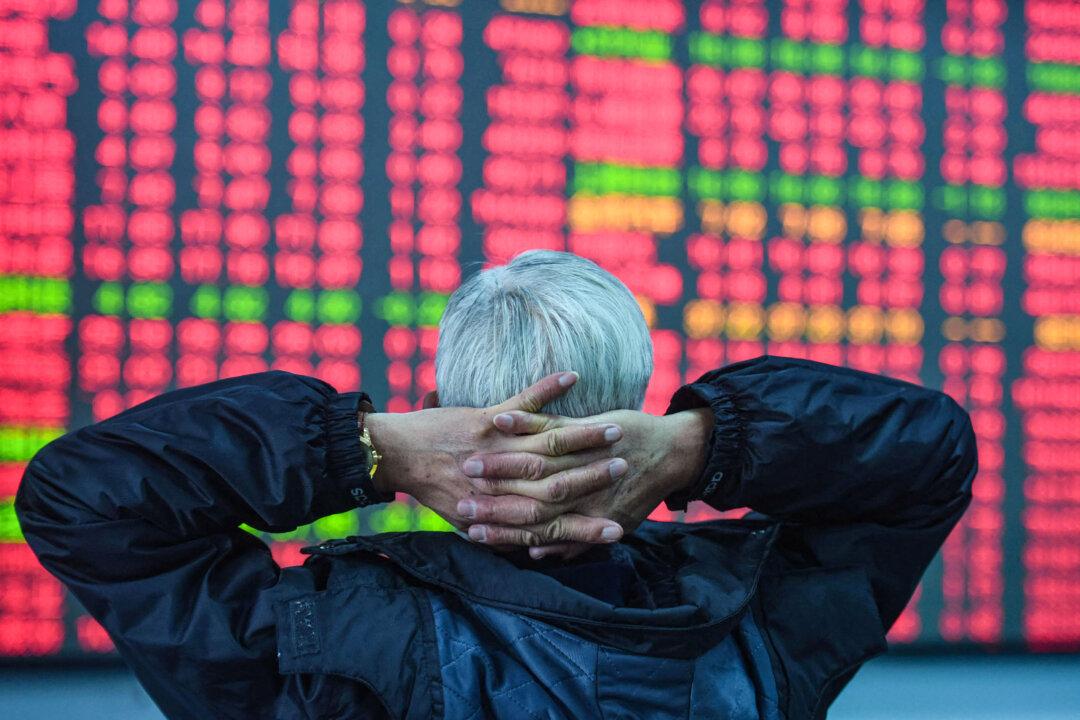China’s real estate crisis is now directly impacting other sectors of the Chinese economy. Although the property implosion is affecting trade in a variety of construction materials, its first aftershocks may have been felt in the cement and steel industries.
In 2022, according to official data, a whopping 336 Chinese construction companies filed for reorganization bankruptcy. This worsened the crisis in the construction materials industry and led to inevitable price wars.




